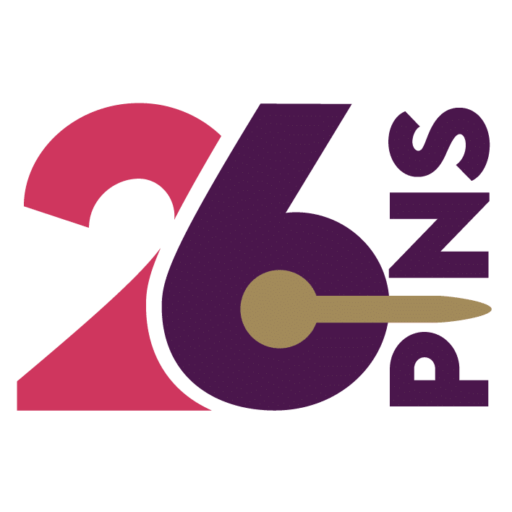Manual work—such as repetitive data entry, paper-based processes, and disconnected workflows—can silently erode your business’s efficiency and profitability. While these tasks may seem harmless individually, collectively they can lead to significant hidden costs.
The Hidden Costs of Manual Processes
- Time Drain
Manual tasks are inherently time-consuming. For instance, tender managers compiling compliance documents manually risk missing submission deadlines due to the slow nature of these processes. - Increased Errors
Human error is a common issue in manual processes. Manual invoicing, for example, can slow down cash flow and increase the likelihood of errors, impacting financial accuracy. - Operational Inefficiencies
Manual workflows can lead to missed deadlines and lost opportunities. Sales teams spending hours updating spreadsheets lose time that could be spent closing deals. - Employee Morale and Turnover
Repetitive manual tasks can lead to employee dissatisfaction and higher turnover rates. Time wasted on administrative tasks detracts from employee morale and engagement, leading to decreased productivity.
Strategies to Address Manual Work Inefficiencies
- Process Evaluation
Assess your current workflows to identify bottlenecks and areas prone to errors. Mapping out every workflow and step in your business activities can help eliminate inefficiencies. - Implement Automation Tools
Adopt automation solutions to handle repetitive tasks. Automation can optimize repetitive tasks right from tracking new leads to onboarding and servicing, streamlining operations. - Employee Training
Train your teams to embrace automation, allowing them to focus on more strategic decisions and value-added tasks. This not only reduces inefficiencies but also keeps employees motivated. - Continuous Improvement
Regularly review and update your processes to adapt to changing business needs and technologies. Gather feedback from employees to identify areas for improvement.
Conclusion
Manual work, while sometimes overlooked, can have significant hidden costs that impact your business’s efficiency and profitability. By evaluating your processes, implementing automation, and fostering a culture of continuous improvement, you can mitigate these costs and enhance overall performance.
